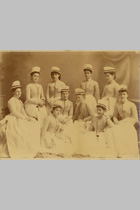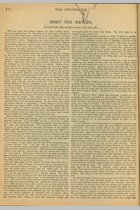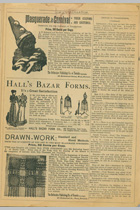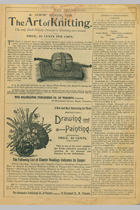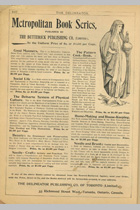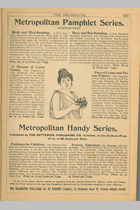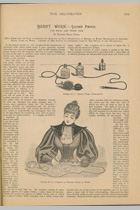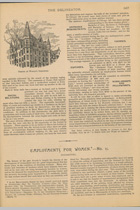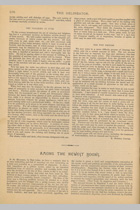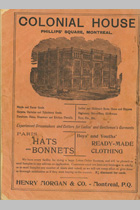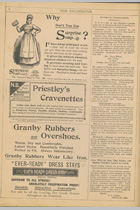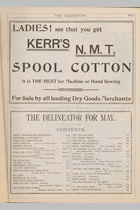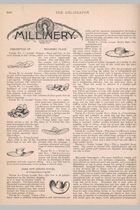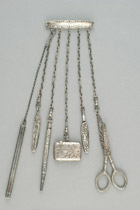Catalogues

The Delineator:
Journal of fashion, culture and fine arts, launched in 1876 by the Butterick Pattern Company ...
Images from the Library
and Archives
Nursing
Towards the end of the nineteenth century, massive reform in health care led to the transformation of hospitals from charitable hospices for the poor to socially respectable and therapeutic institutions: a change that depended on a formally trained and disciplined nursing corps. One by one, hospitals opened training schools for nurses.
Before the advent of training schools, nurses wore sober version of fashionable clothing, such as this dress from a nurse in Nova Scotia. The dress is made of sombre green wool, with black velvet ribbon trim around the bell-shaped sleeve, and a fine white lace collar.

Photograph of Canada’s first training school for nurses at the General and Marine Hospital in St. Catharines, Ontario ca. 1875, Photo © CMH
Canada’s first training school for nurses opened in 1874 at the General and Marine Hospital in St. Catharines, Ontario. Nursing was one of few opportunities for young working women to receive an education, earn money and gain independence — even if only for a short time before marriage.
The uniform was an important part of hospital reform during the nineteenth century. Each hospital designed its own uniform, comprising dress, cap, apron, bib, collar and cuffs.
Traditions such as the capping ceremony, special teas and formal graduations were passed down through generations of nursing students. This beautiful chatelaine, given as a graduation present, was pinned to the nurse’s apron to hold a penknife, pen, thermometer holder, matches, pencil and scissors. The presentation of professional tools such as these on the front of the uniform furthered the social status of nursing as a legitimate occupation.


